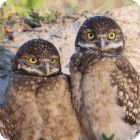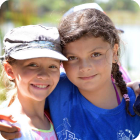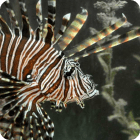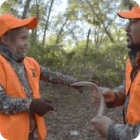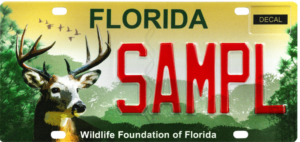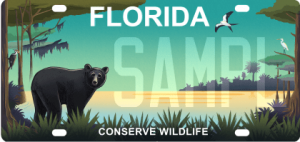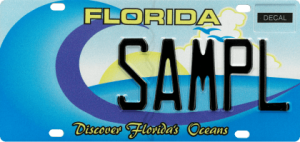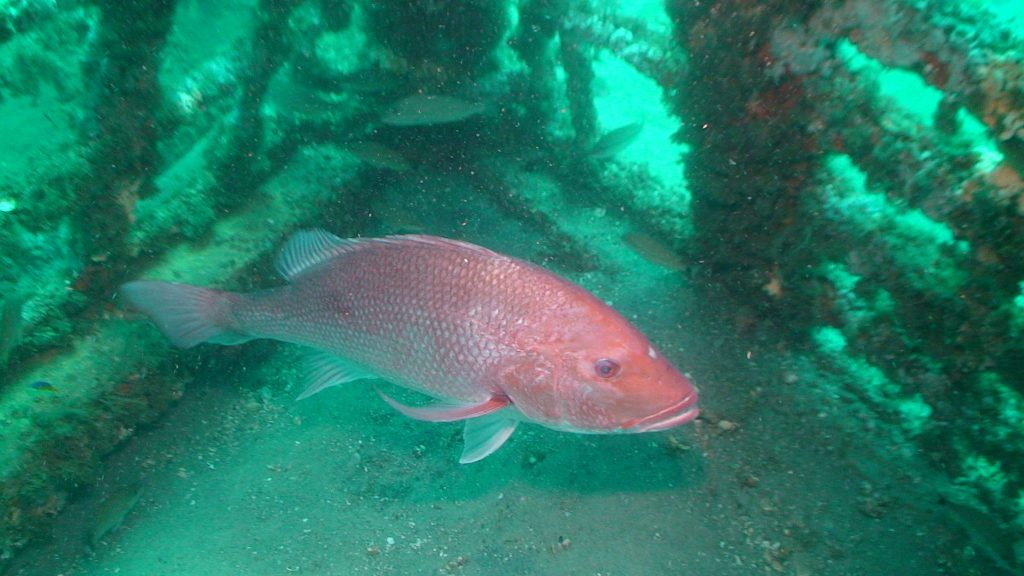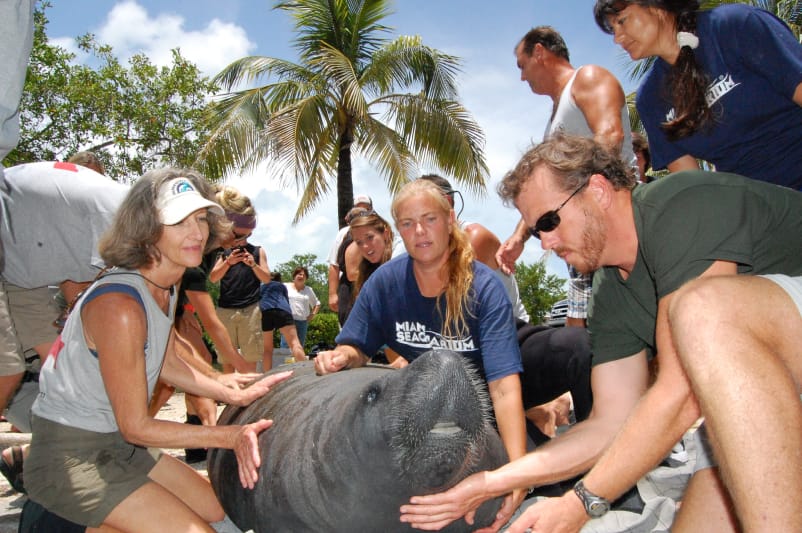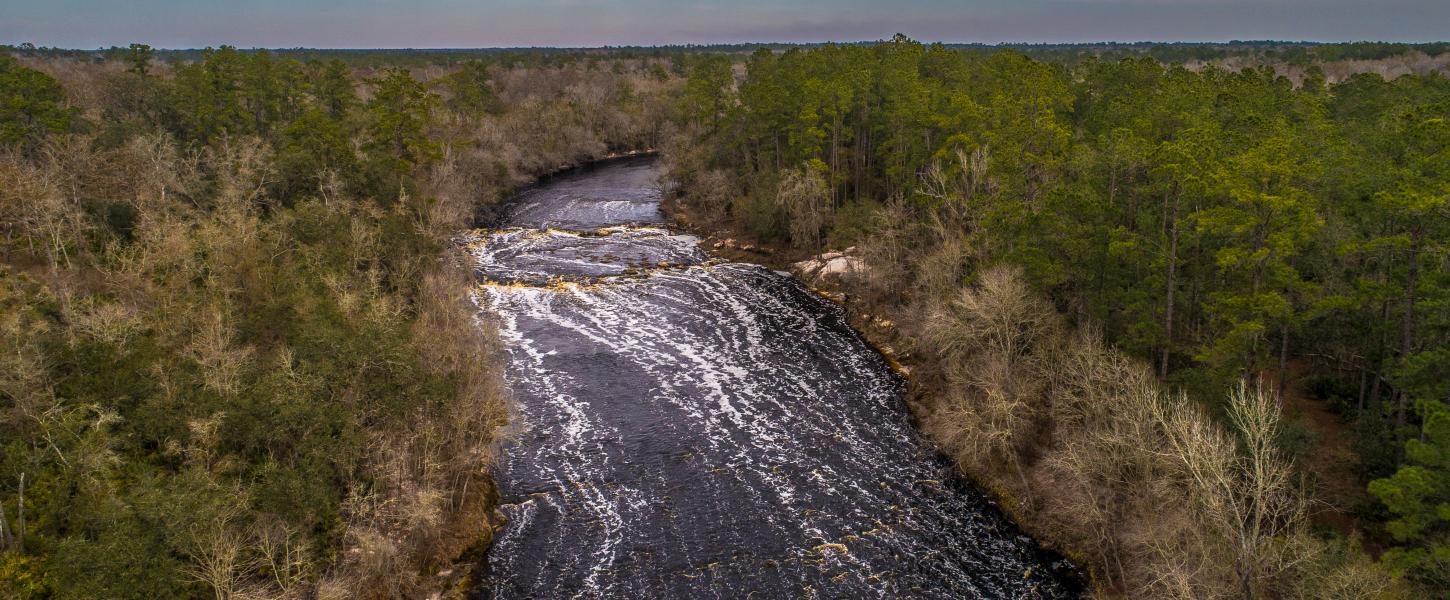
By: Kyle Grammatica
Big Shoals State Park is another example of Florida’s countless wonders. The contrast between the tranquil flow of the Suwannee River and the powerful whipping water of Big Shoals rapids showcases the power and beauty of nature. Ancient geology, 80 ft. limestone bluffs, and the remains of human settlements are found throughout the park. Big Shoals is Florida at its best!
The Suwannee River
The Suwannee River is a blackwater river, or a river that has slow moving channels that flow through swamps and wetlands. The dark tea-like color of the water is caused by tannic acids that are released by decaying vegetation. The color and speed of the river changes when water churns over the Big and Little Shoals, forming the whitewater rapids.
Big Shoals State Park and the Suwannee River are in an area called the Cody Escarpment, an ancient shoreline from when sea levels were drastically higher than today. The Cody Escarpment is the largest continuous landscape break in Florida with hills and highlands to the north and flat lowlands to the south. The land south of the Cody Escarpment sits over limestone with only a thin layer of soil above it. This results in more frequent sinkholes and springs. All rivers that cross the scarp flow underground and reemerge as springs, except the Suwannee River.
Big Shoals Rapids
The Big and Little Shoals are responsible for creating the whitewater rapids. The shoals have unique water flow resistant sediments that form rock-like masses of hard mud. The hard mud, limestone outcroppings, ancient coral, and downed trees disrupt water flow. Lots of mini waterfalls are formed and the speed of the water flow changes, resulting in rapids.
Big Shoals State Park is home to the largest whitewater rapids in Florida. When the Suwannee River is between 59-61 feet above mean sea level, Big Shoals rapids have a Class III Whitewater classification. A Class III rating is used for rapids with high, irregular waves and narrow passages that require skillful maneuvering. Big Shoals rapids are a nice challenge for an experienced whitewater kayaker; if you are a beginner, it is best to get practice on less turbulent rapids like the Little Shoals rapids.
The History of Big Shoals State Park
The Big Shoals area has been inhabited for thousands of years. Native American tribes including the Apalachee and Timucuan people lived there for centuries. They used the abundance of limestone in the area to make tools for hunting and fishing, and used the nearby mineral springs for healing and rejuvenation. By the 1830’s, cattle farmer William Brinton Hooker settled to the north of the Suwannee River. Hooker raised cattle, grew black seed cotton, and also built a ferry across the river. In the early 1900’s, the land was used for logging and turpentining. Some pines in the park still show the scars from bark being stripped for turpentining. Remains of the turpentine camps and William Hooker’s homestead are still present. After the turpentining industry declined, the mineral springs became a tourist attraction, bringing people to Big Shoals. The Sheffield family built a hotel and bathhouse around the springs for people looking to experience the purported healing powers of the water.
By the late 1980’s, the lands around Big Shoals were purchased by the State of Florida, the Suwannee River Water Management District, and the Florida Fish and Wildlife Conservation Commission. All recognized the importance of preserving this historic and beautiful land. To help conserve Florida’s natural wonders, donate here.
